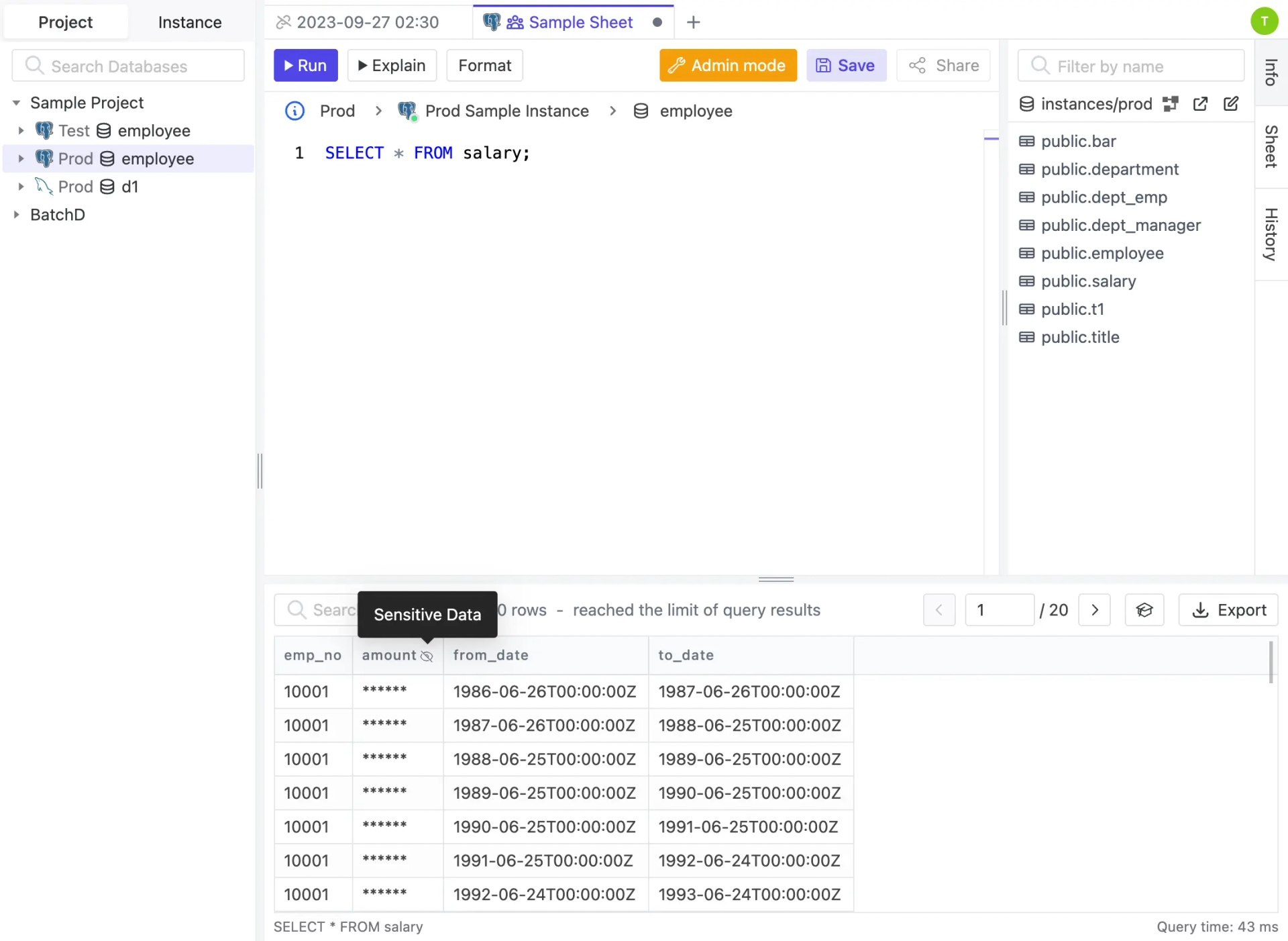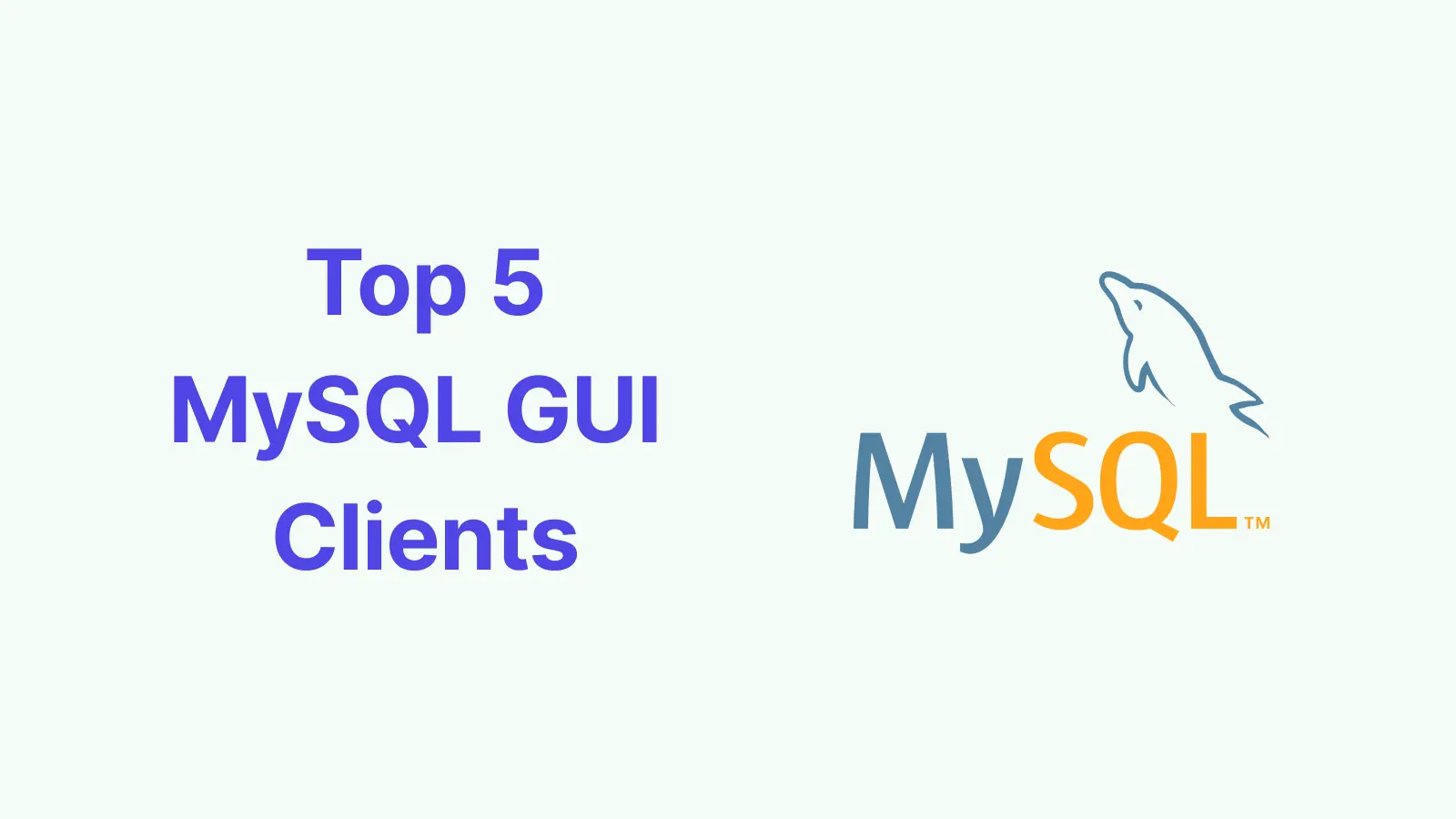
To interact with MySQL databases, it’s common to employ MySQL GUI clients. They enable users to visually view, create and modify database objects such as tables, rows, and columns. Some familiar features of MySQL GUI clients include SQL generator and export data, which makes designing, creating, and administering MySQL databases easier and more convenient. Here, we gathered 5 best MySQL GUI Clients on the market right now.
The Official: MySQL Workbench
MySQL Workbench is a free database design and model access tool for MySQL, meant for database architects, developers, and of course, DBAs. It is available on Windows, Linux, as well as MacOS. Since the official MySQL vendor offers it, it looks like it's going to be free and maintained for the foreseeable future.
MySQL Workbench's main features can be grouped threefold:
-
Database design and modeling: you can create and edit your databases, tables, and their relationships visually. The ER diagram comes in handy for complex database architecture.
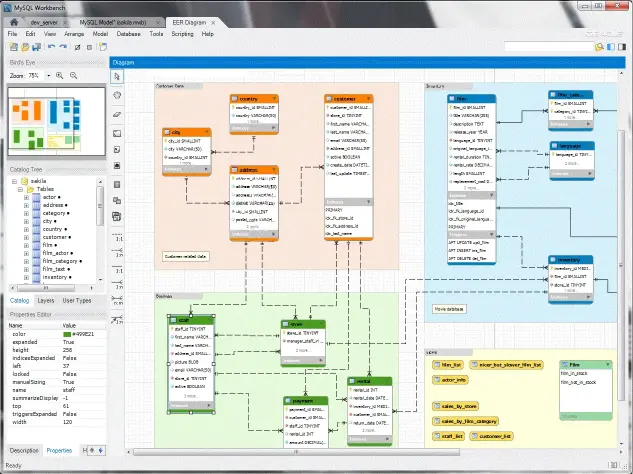
-
SQL development: with the built-in SQL editor, you can build, edit, and run SQL queries against MySQL databases. It includes some useful mechanisms to aid in writing and debugging SQL statements, including color syntax highlighting, context-sensitive help, and auto-complete.
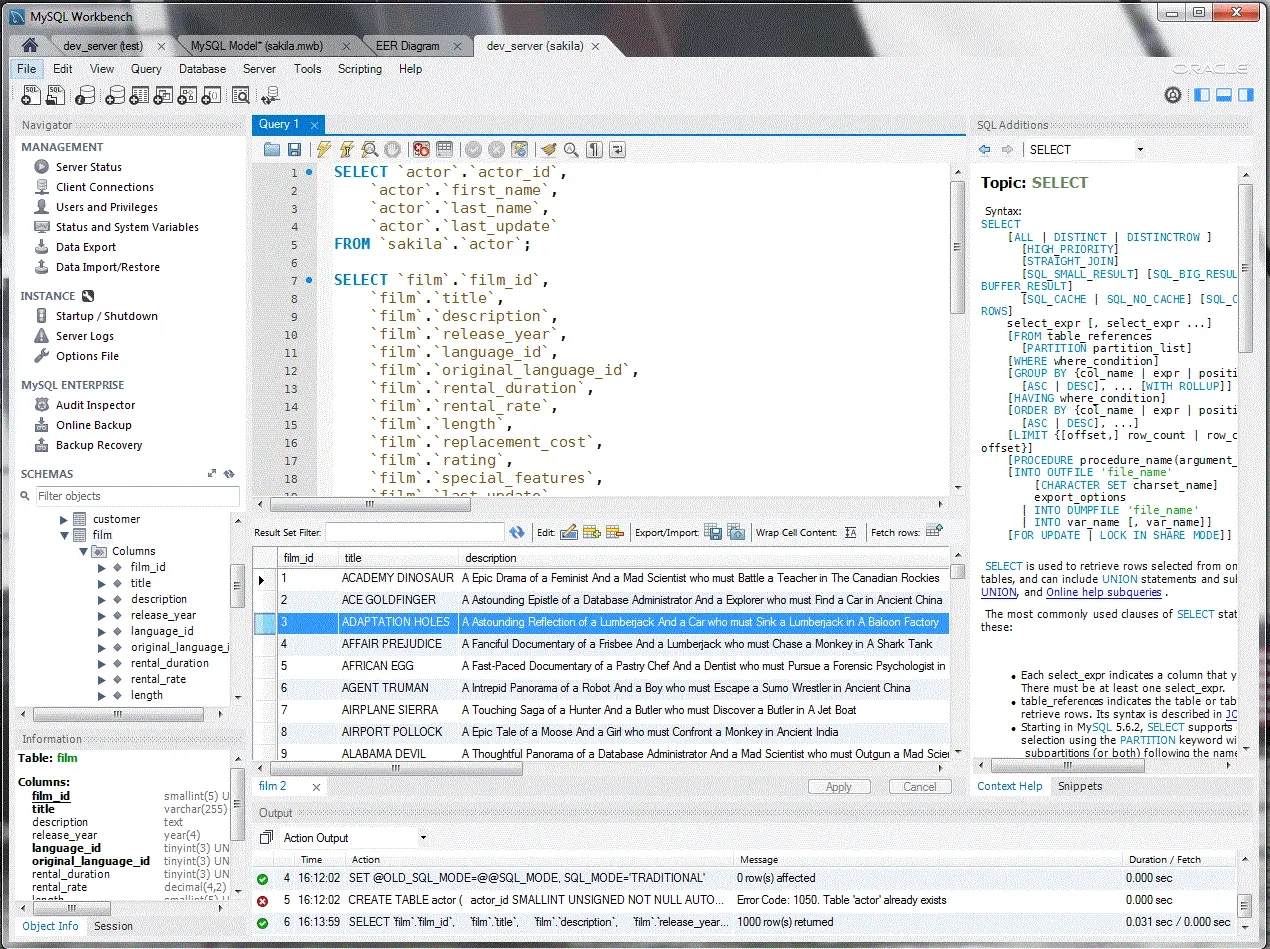
-
Server Administration: MySQL Workbench offers a centralized platform to manage user accounts, export/import data, backup/restore databases, monitor server performance, and more to ease admin work.
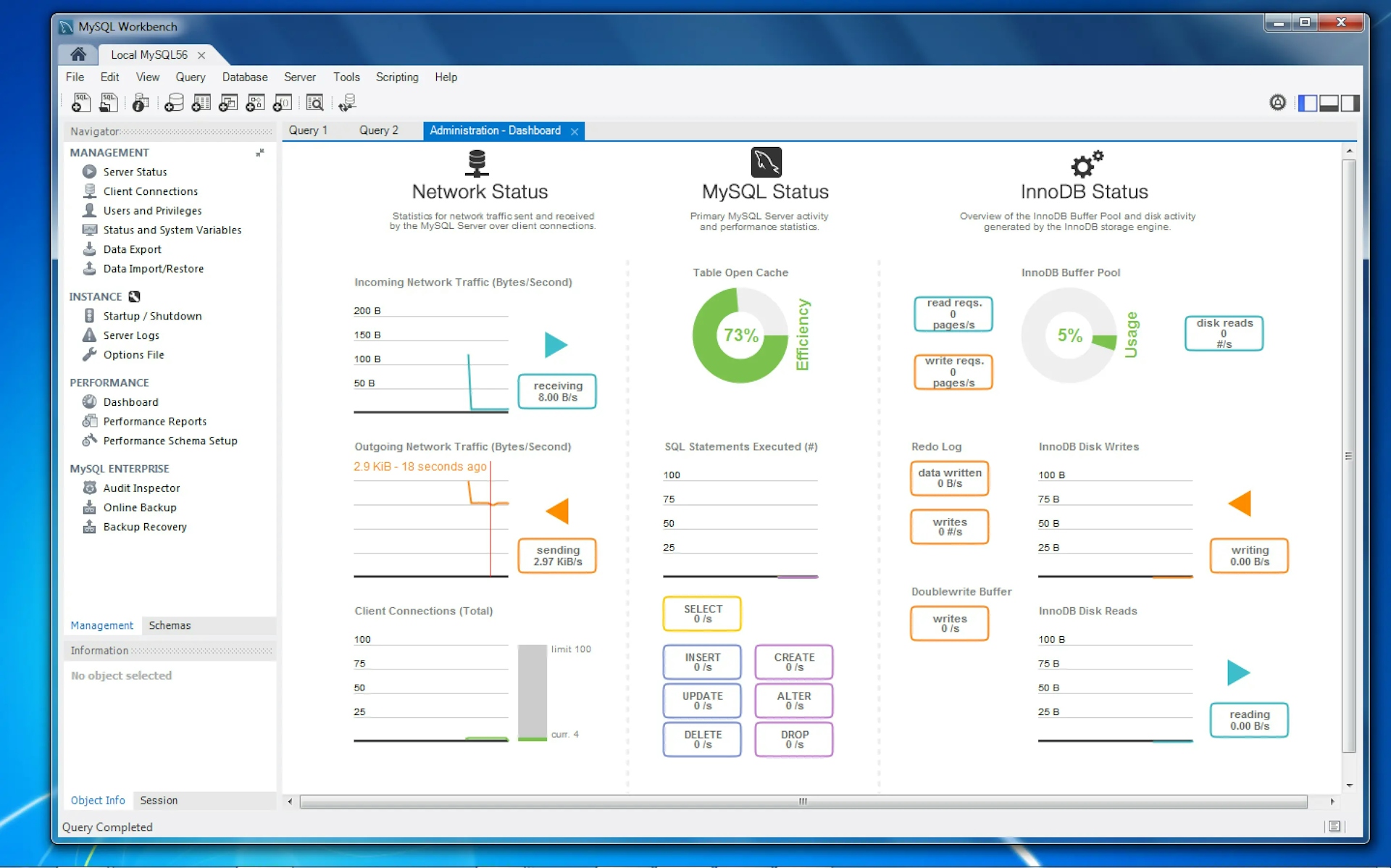
The Old School: phpMyAdmin
phpMyAdmin is a web-based interface to MySQL and MariaDB written in PHP that was first released back in 1998. It's open-source and free to use. For over 20 years, phpMyAdmin remains one of the most popular administration tools for MySQL databases, with a large community of users and contributors.
A range of features are available (managing databases, tables, users, permissions, etc) and can be performed via the user-friendly interface, you can also execute SQL queries directly. However, being web-based has pros and cons: phpMyAdmin is available on all the platforms with a web browser, yet it can be prone to security attacks such as SQL injection, so make sure to take proper precautionary measures.
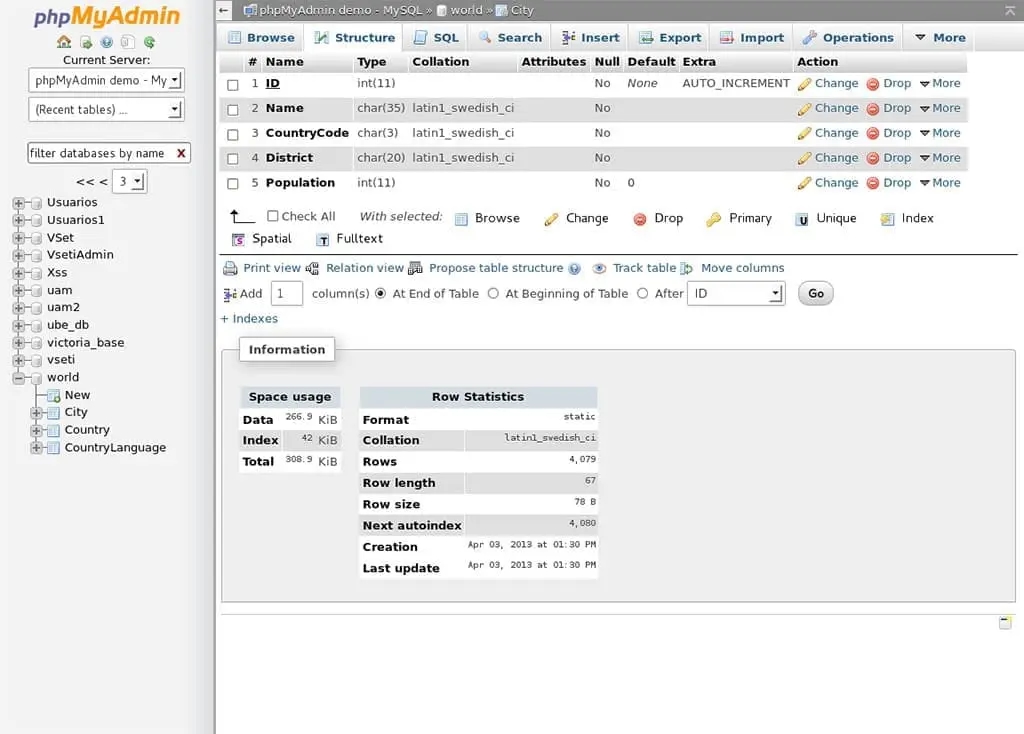
BTW, Adminer, formerly called phpMinAdmin, as the name suggests, is a mini phpMyAdmin version.
The Power Couple: Navicat & DBeaver
Navicat
Navicat's first release came in 2002 and back then, it was a simple application only available for MySQL on Windows. Now it's available on macOS and Linux, with a long list of compatible databases, including Redis, PostgreSQL, SQL Server, Oracle, MariaDB, SQLite, MongoDB, and a handful of cloud databases.
It is not open-source, nor does it have a free offering, you can only choose between the premium and lite (with a compact list of features and database support as compared to the premium versions.
With Navicat, you can connect to multiple databases on a single GUI, which is convenient to manage and compare data across different platforms.
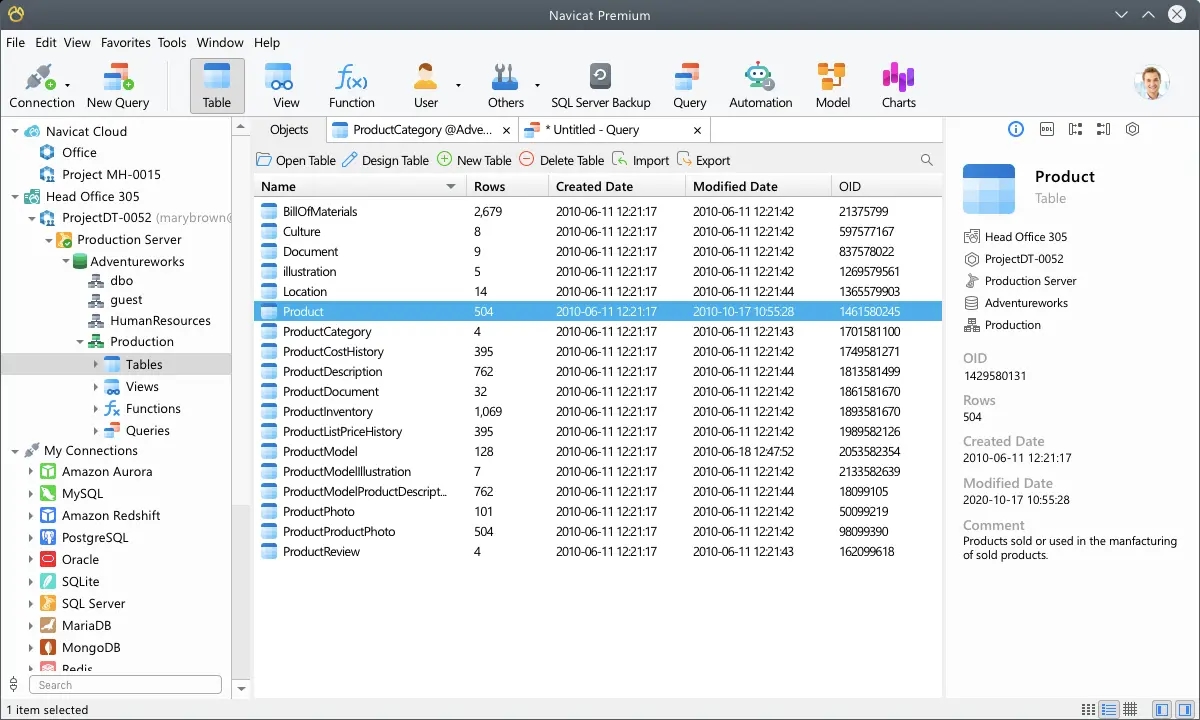
Other features Navicat offers include data modeling and design, data synchronization between databases, backup and restore, data import/export, and SQL Development (it has a built-in SQL editor for users to write and optimize SQL queries).
Overall, Navicat is a comprehensive database management tool for novice and experienced users.
DBeaver
Unlike Navicat, which only offers commercial versions, DBeaver offers both open-source and commercial products. It started as a hobby project back in 2010 and was open-sourced for use in 2013. The OS version caters to most database management and administration needs, while the commercial version extends the capabilities with additional advanced features like reverse engineering, data modeling, collaboration tools, and tech support.
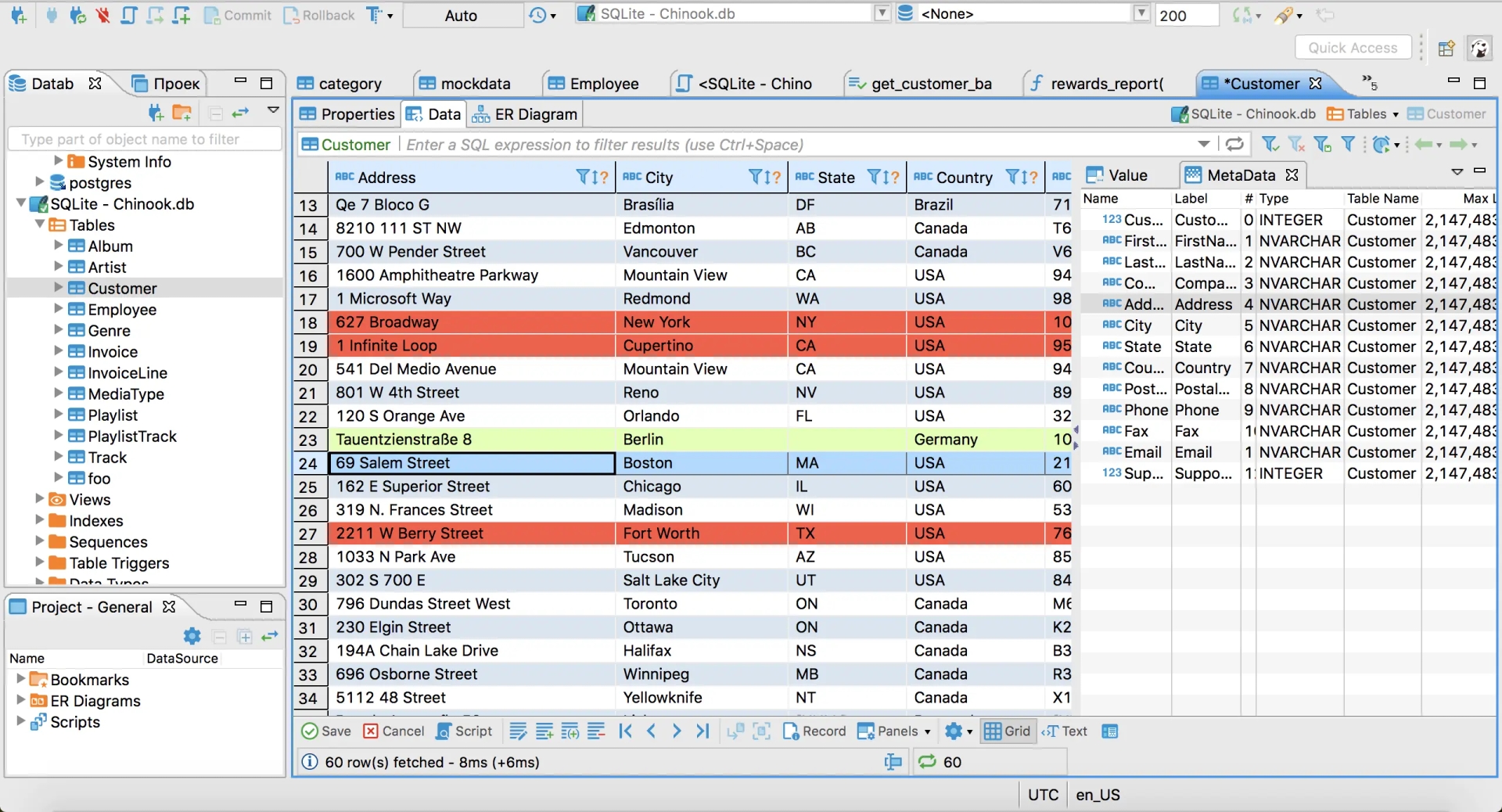 Currently, it supports 80+ databases (SQL, NoSQL, document-oriented, key-value, big data, cloud, you name it). DBeaver is a desktop client, if you prefer web-based tools, they also have CloudBeaver.
Currently, it supports 80+ databases (SQL, NoSQL, document-oriented, key-value, big data, cloud, you name it). DBeaver is a desktop client, if you prefer web-based tools, they also have CloudBeaver.
The Starlet: TablePlus
Starting in 2017, TablePlus is the newbie on the list, and its modern and simple UI reflects it. It supports most relational databases and some NoSQL ones. When they just started, they only supported macOS, but it is now available on Windows, Linux, and iOS (!). It is not open-source, but the roadmap is open and anyone can open an issue on their GitHub Issue Tracker. TablePlus has two plans: a free tier (has no limit on trial time) and a paid subscription model (license) with extended features.
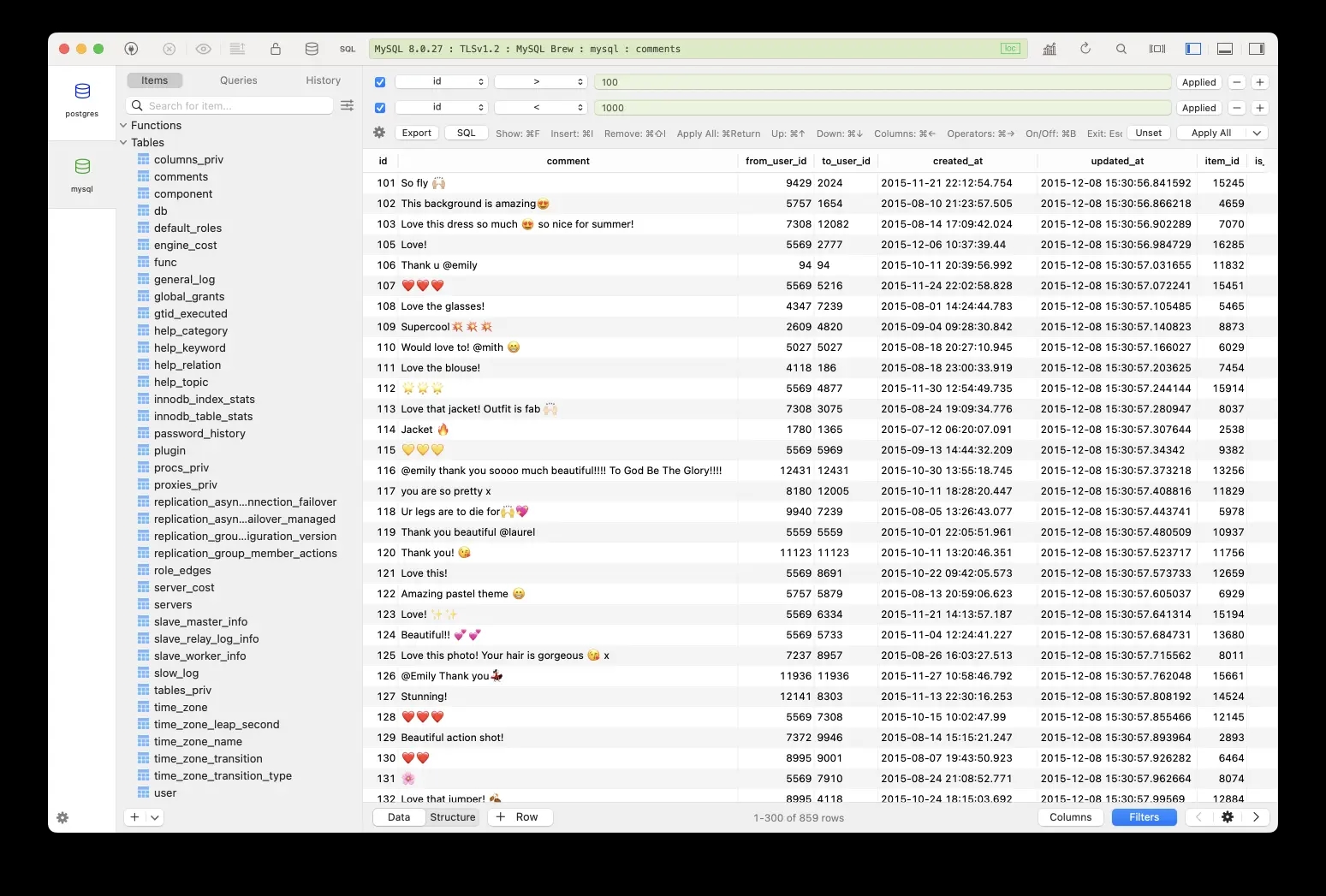
It's worth mentioning that DBngin, a tool to spin up a local database server (currently supports PostgreSQL, MySQL, and Redis) on your Mac, belongs to TablePlus and is open-source. You can connect it to TablePlus, meaning you can manage your local databases visually all in one go.
Final Thoughts
MySQL GUI Clients can be used to help you manage databases with more confidence. However, choosing the right option for your organization is important.
Any of the aforementioned provides a UI for users to operate on databases, a SQL Editor, and the ability to export data. On the other hand, if your organization needs are beyond those and demands an extra layer of control over database queries, changes, and admin actions, you can try our Bytebase, an open-source Database DevOps and CI/CD tool for teams, designed to centralize the control and secure your organization’s most valuable asset, the database data.
